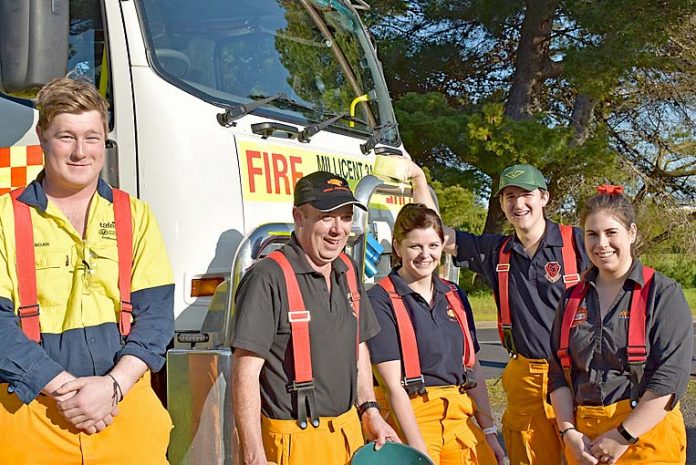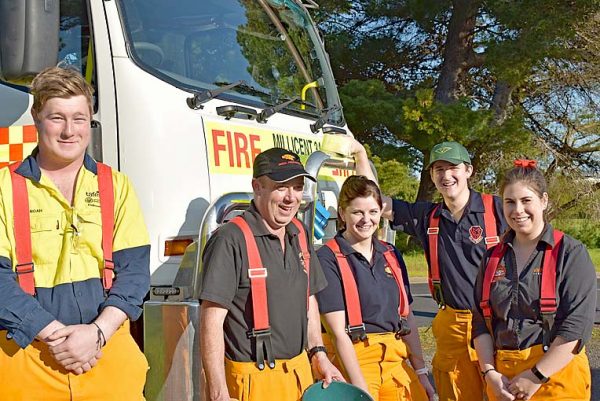

CHALLENGES facing volunteerism, including attracting new members and business sector support, were outlined to the Millicent Business Community Association last week.
The South Australian Fire and Emergency Services Commission (SAFECOM) and the Country Fire Service (CFS) are developing a project to build a more cohesive relationship between businesses, schools and the emergency services.
SAFECOM senior project manager Helen Smith and Millicent CFS brigade captain Phil Richards championed the issues at a presentation to the association, outlining three key reasons why people find it difficult to volunteer – availability, red tape and commitment.
“This project is looking specifically at what happens in regional Australia in terms of volunteering,” Ms Smith said.
“We know that many communities in regional Australia are declining and ageing, but even then each community has a different set of circumstances.”
In the context of each community’s population and employers, Ms Smith said the project’s overall aim was to have more employers support the emergency services.
Mr Richards said there were still many misconceptions people had about CFS firefighters.
“People think that we’re paid to do what we do and there’s always someone at the station 24/7 – that’s not the case,” he said.
“But people also have the idea that when people are volunteers, they are somehow less skilled than their paid counterparts.
“CFS firefighters demonstrate a very high level of commitment – they willingly leave their school, business or place of recreation to come out and deal with high-risk and potentially high-stress situations.”
Mr Richards said the Millicent brigade had firefighters with skills as good as any other firefighter, meeting national competency standards.
The Millicent brigade of over 30 members devotes over 150 working weeks a year of time on average to respond to incidents, emergency training and supporting the community.
“Our firefighters hold a range of specialised skills including road crash rescue, compressed air breathing apparatus, HAZMAT and demonstrate strong leadership in situations others may find daunting,” Mr Richards said.
“These leadership qualities are traits a school or an employer would want and Year 12 students can get SACE points.
“Our brigade members show maturity, resilience and capability in situations where they’re frequently put under pressure and where their life may be at risk.”
Mr Richards said emergency service volunteering “was a different beast” to other forms of volunteering.
“The role is not suited to everyone due to the potential exposure to traumatic circumstances and the pressure,” he said.
“The interpersonal dynamic within the brigade is also critically important.
“The team needs to be able to trust and rely on one another for backup and the ability to perform when needed.”
Mr Richards said the brigade usually had a crew en route to incidents within six minutes.
“The other day we were on the road within four minutes of being paged and on the scene within eight minutes of being paged.”
Ms Smith said many businesses were not aware emergency service volunteers could get community service leave and others did not have a written agreement in place in case a firefighter had to leave their job.
Association members called for the state and federal governments to increase funding for CFS brigades, as attracting more volunteers meant a larger budget for equipment.







